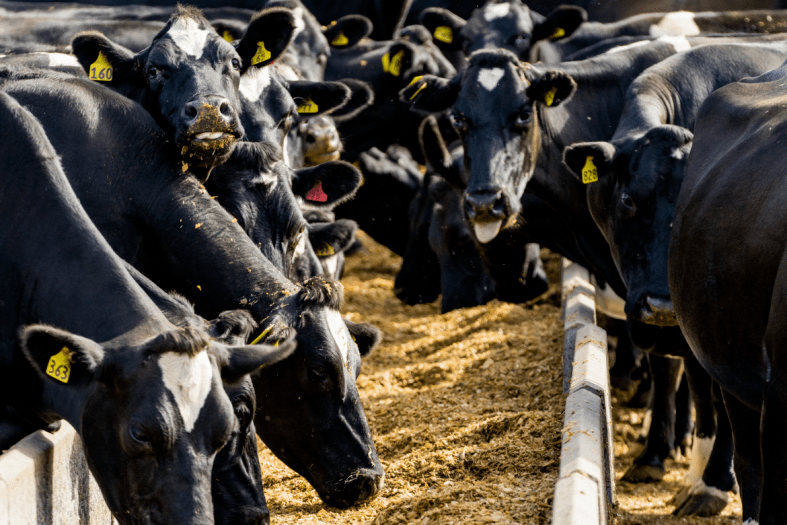
Articles
The question is whether to dry off or milk on

At this time of year, we regularly get asked a version of the same question: Should I dry off or keep milking my cows? We often see farmers tempted to milk on when the milk price is high.
This decision is based on the notion that you might as well make the most of a good payout this season as you can’t be sure what the next season might bring.
Research over the years has shown that it is well worth producing late lactation milk, IF:
- The milk price is right
- You don't compromise pasture cover
- You don't erode body condition score
- You and your team have the energy to do so.
It’s a real balancing act between all the abovementioned factors. Dry off too early and you miss out on potential income this season.
Milk on too long and you run the risk of a skinny herd, a burnt-out team and a whole host of issues at calving.
What do we know?
- Turning a dry day into a milking day can be extremely profitable.
Trials conducted at Waimate West Demonstration Farm (Taranaki) over 25 years ago showed cows fed maize silage to extend lactation in spring and autumn had very high milksolids response and Economic Farm Surplus (EFS) per hectare when compared to an all-grass control (Table 1).
Table 1: Waimate West Demonstration Farm trial: productivity outcomes for the 1997-98 season.

There is a strong relationship between cow condition score (CS) at calving and milk production during the subsequent lactation.
Simply put, cows that calve at CS 5 produce 10 - 15kg more milksolids and cycle 7 - 10 days sooner than cows that calve at CS 4 (Table 2).
Table 2: Feed required to put on one body condition score over winter.

Having cows in CS 5 (and heifers in CS 5.5) at calving makes good economic sense. Based on DairyNZ's Facts and Figures booklet, at a $7.00 payout, the value of an extra condition score will be around $156. A farmer feeding maize silage to a cross bred cow to put on that extra condition score, would use 145 kgDM (Table 2). At 50 c/kgDM eaten, the extra feed would cost about $72. That is a $2.15 return for every $1 invested.
Feeding maize silage in the autumn results in substitution of pasture. This can be as high as 1kgDM pasture left behind for every 1kgDM maize silage eaten.
Using this principle, feeding maize silage enables farmers to extend the pasture grazing rotation and build cover very quickly.
While low pasture cover may not be an issue in the northern North Island this year, it will be problematic in regions which have experienced a drier than normal autumn.
Other factors
While the science behind milking into the autumn is robust, there are other factors the need to be considered. Do you have:
- Sufficient staff
- The motivation to keep milking or does your team need a break
- Cashflow limitations
In the case of sharemilkers leaving the farm, there may be a provision in the sharemilker must leave a specified pasture cover and supplementary feed volume for the incoming sharemilker.
Do I milk on?
Should I keep milking or dry off? The answer is... it depends.
On many farms, if pasture cover is good, cows are on track to meet condition score targets, there is plenty of maize silage to fill any short-term late lactation gaps and the team are not too exhausted, it is likely to be highly profitable.
However, if this isn't the case, it is important to run the numbers and get advice from you farm consultant or trusted advisor.
Article produced by Ian Williams, Farm Systems Specialist, for Rural News Group.
